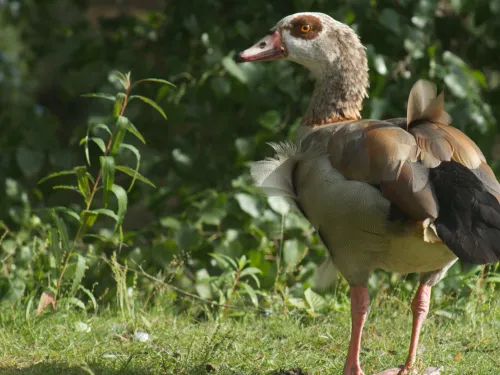
Egyptian goose
Egyptian geese were introduced to Britain from Africa. They are now widespread in southern England.
Want to learn more about wildlife near you? You're in the right place, search below and discover the nature you can help protect in Kent.

Egyptian geese were introduced to Britain from Africa. They are now widespread in southern England.
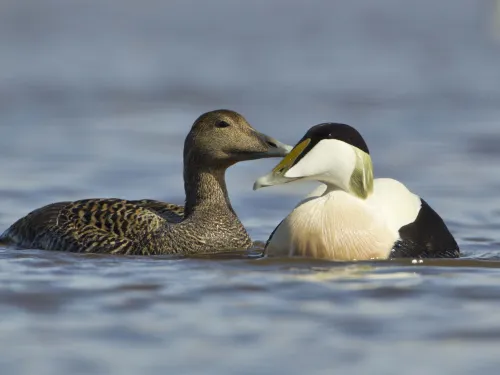
The eider is a large seaduck, famed for its soft, downy feathers that are not only used by the bird to line and insulate its nest, but also by humans to stuff our quilts and pillows. It nests around the northern coastline of the UK.
Elder is an opportunistic shrub of woods, hedges, scrub, waste and cultivated ground. Its flowers and berries are edible, but it's best to gather wild food with an expert - try it at a Wildlife Trust event.
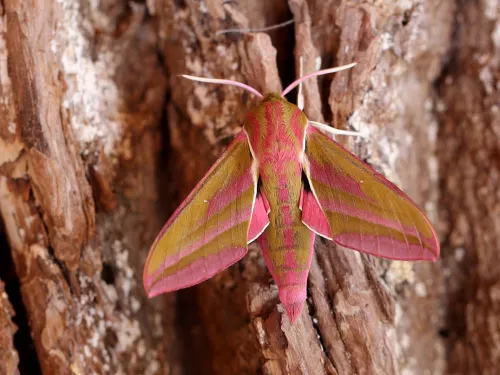
The elephant hawk-moth is a pretty, gold-and-pink moth that can be seen at dusk in gardens, parks, woods and grassy habitats. The caterpillars look like elephant's trunks and have eyespots to scare off predators.
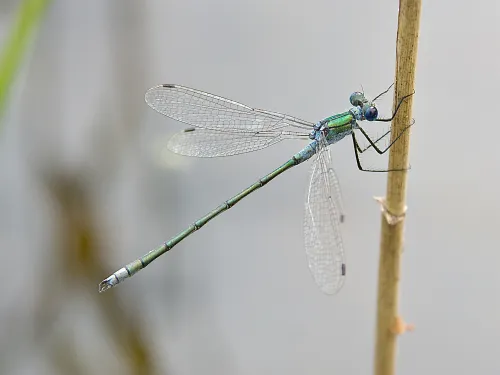
The metallic-green Emerald damselfly can be seen from June to September around ponds, lakes, ditches and canals. Unlike other damselflies, it holds its wings half-open when perched.
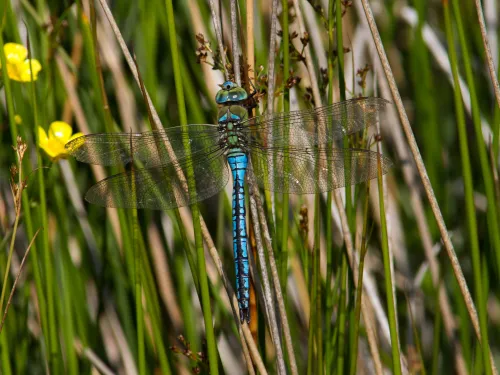
The emperor dragonfly is an impressively large and colourful dragonfly of ponds, lakes, canals and flooded gravel pits. It flies between June and August and even eats its prey on the wing.
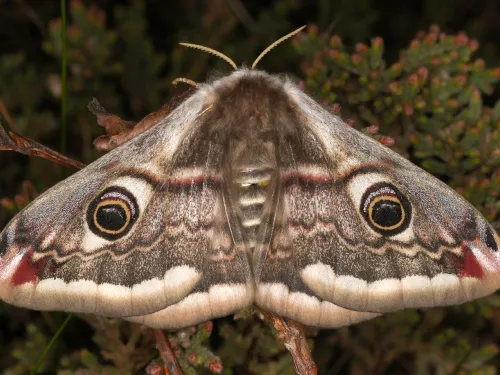
An unmistakeable insect of heaths, sand dunes and grasslands, the Emperor moth is fluffy, grey-brown, with big peacock-like eyespots on all four wings. Males can be seen during the day, but females lie low.
Enchanter's nightshade is a hairy plant, with rounded leaves that taper to a fine tip, and clusters of small, pinky-white flowers in summer.
Due to the devastating effects of Dutch elm disease in the 20th century, the English elm is rarely found as large tree, but is more common as a shrub along hedgerows, or sometimes in woodlands.
The English oak is, perhaps, our most iconic tree: the one that almost every child and adult alike could draw the lobed leaf of, or describe the acorn fruits of. A widespread tree, it is prized for its wood.
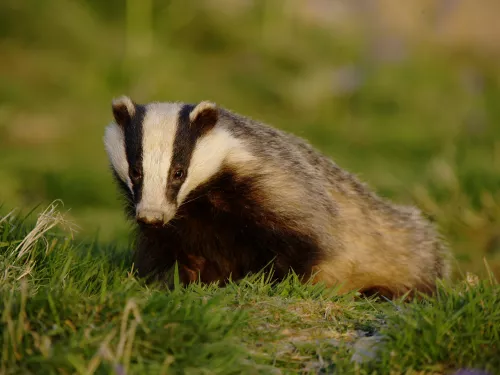
Badgers are the UK’s largest land predator and are one of the most well-known British species. They are famed for their black and white stripes and sturdy body, using their strong front paws to dig for food and to perfect their hobbit-like burrows, called ‘setts’.
Able to camouflage itself to its surroundings, the European flounder is one of our many amazing flatfish!